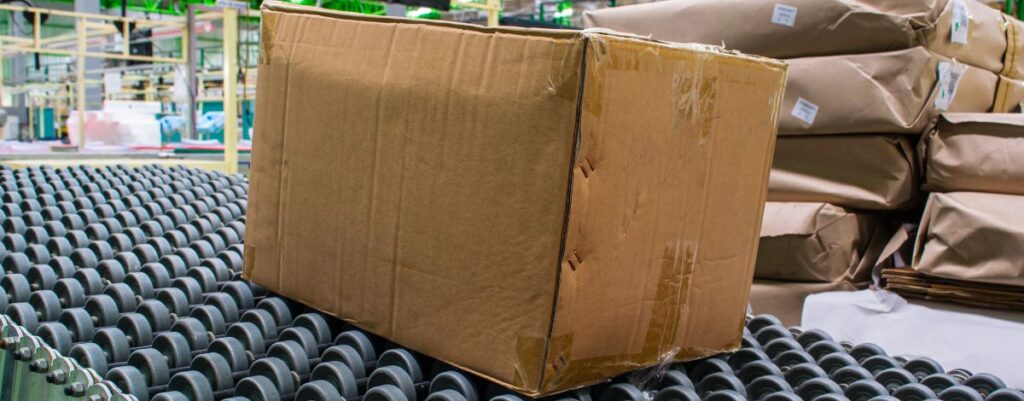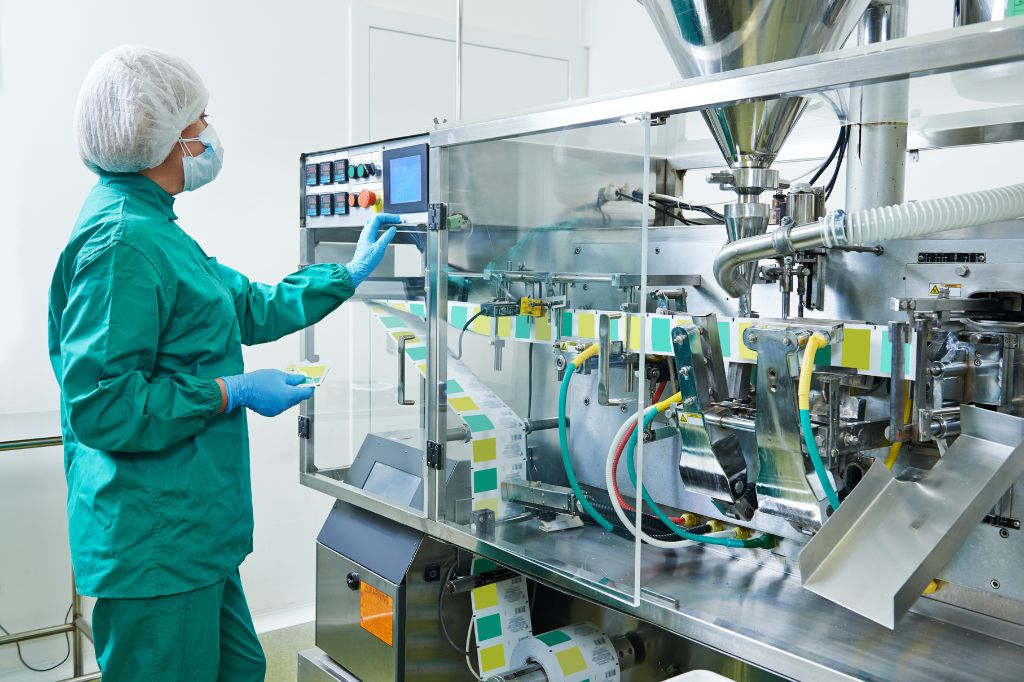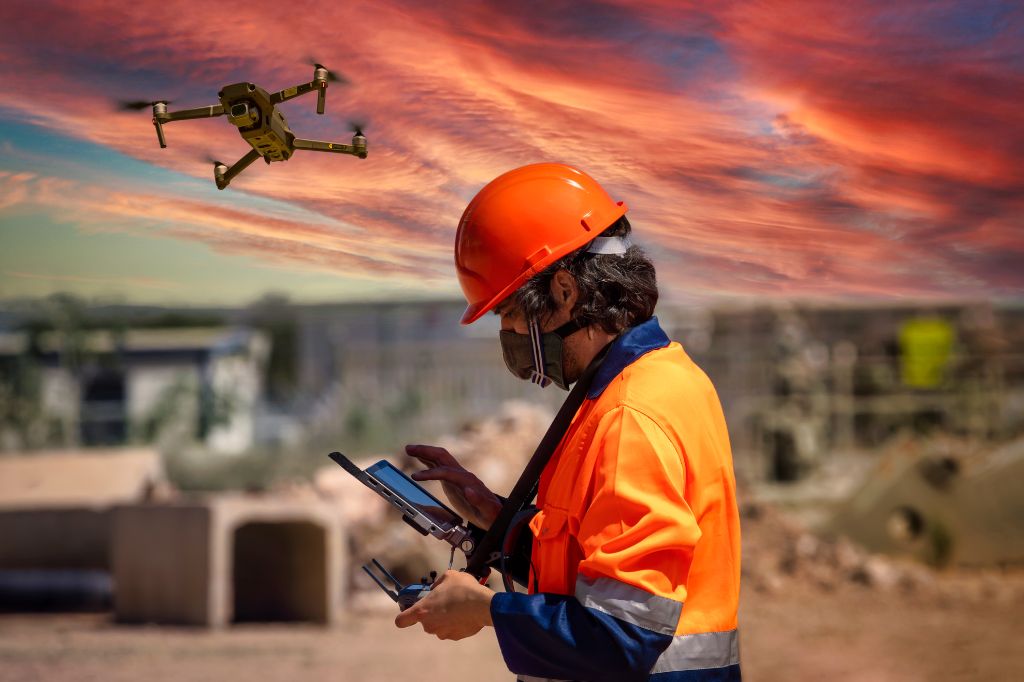
Industrial pneumatics and its applications
Reading time: < 3 minutesPneumatics is the technology that uses compressed air, specially the energy accumulated in the pressurized gas, to active mechanisms. This technology has a wide field of work and applications at an industrial level and has contributed significantly to the automation of industrial processes.
What does pneumatics consist of?
Pneumatics is based on the priority of gases to compress and expand as pressure and temperature change. A gas decreases its volume with increasing pressure at a certain temperature (compression) and it also has the capacity to occupy the largest volume available when such pressure is no longer exerted (expansion). This property is not present in other types of fluids such as liquids; this is why hydraulics is based on other physical principles.
The basic components of a pneumatic circuit or system are the following:
- The compressor is in charge of compressing the air to the required working pressure.
- Compressed air tank. Where pressurized air is stored at a certain temperature.
- The pressurized air circulation circuit and the control and distribution valves for the compressed air.
- Working mechanism, cylinders, rod, bearings, etc. to do the concrete job.
- Pneumatic tool or specific system to which it is applied (pneumatic gun, drills, hammers, elevators, etc.)
The role of pneumatics in industry
Pneumatics has played a very important role in industrial development since its first applications centuries ago, such as bellows or catapults, passing through its use on a large scale during the Second World War, where the production and automation demands of industrial production, up to highly technical pneumatic systems used today.
The application of increasingly automated industrial systems makes use of pneumatics: automatic door opening systems in industries, elevators, forklifts, as well as a wide variety of pneumatic tools (for example, in assembly lines in the automotive industry, in machinery stations of production chain such as in the agri-food industry, in the chemical and pharmaceutical industry, dentistry, construction, etc.)
In the improvement and expansion of the automation of processes, in addition to pneumatics, all the systems of movement and displacement of materials in the production chain have also played a fundamental role. The development of belt conveyors and rollers conveyors efficient, safe and automatable carriers has been key to this.
Development of robotic systems has also been favored thanks to the application of pneumatics. Pneumatic systems allow high precision. Pneumatic technology applied to industry allows us to perform a wide variety of rotational, percussive, or direction-changing movements at high speed and precisely.
Other great advantages in pneumatics and its wide spectrum of application in industry is its cleanliness and the ease of obtaining compressed air directly from the environment using an electric compressor.



